As I hit publish last week, it occurred to me that I had missed an entire topic related to trees — an explanation of bare root trees, container grown trees and balled in burlap or b&b trees. Since fall is a popular tree planting season, this seems like a good time to look at the advantages and disadvantages of each.
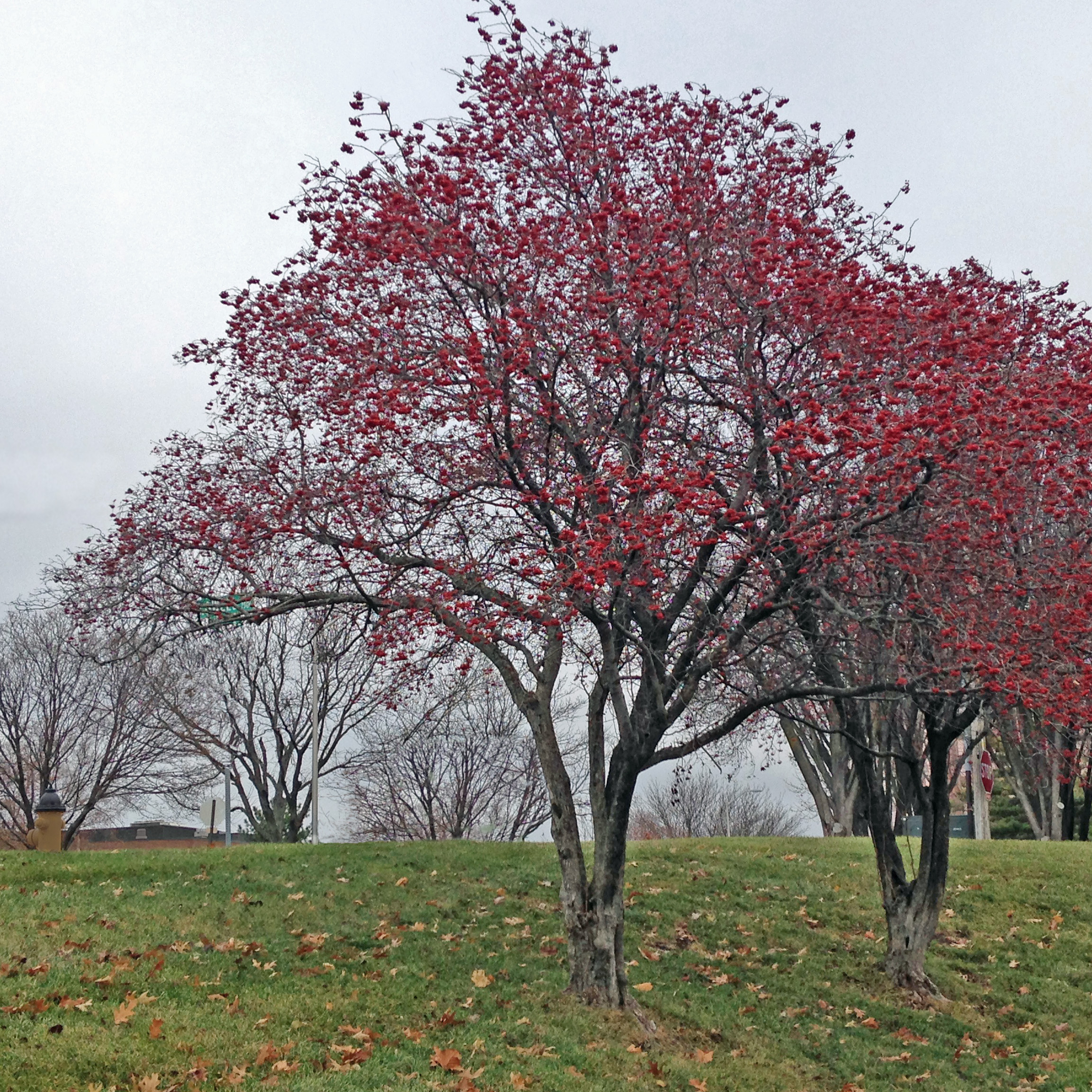
Transplanting trees into the home landscape is not a modern custom. According to an article by Todd Watson in the publication, HortTechnology, records show that the Egyptians, as far back as 2,000 B.C., moved trees from other lands into Egypt by ship. The Chinese grew containerized trees for planting as early as 500 B.C. and here in the United States, early colonists erected greenhouses in which to grow tree seedlings for planting and specimen trees in containers for enjoyment.


Prior to WWll the majority of trees for landscaping were available as field dug trees or as bare root stock. Although both methods were successful, — at least some of the times — both had limitations, primarily centered on handling and planting time. With the advent of suburbia and the expectation of an immersion in nature at home, American consumers began to ask for access to trees and shrubs throughout the planting season.


Leaders in the industry such as Harry E. Rosedale, founder of Monrovia Nursery, realized that consumer demand could not only be fulfilled, but fulfilled successfully by growing and selling plants in containers. His innovative idea took hold and the nursery industry responded with an onslaught of container grown trees and shrubs that could be purchased and planted on demand.


Today’s consumers still have the same planting options of bare root, container grown or B & B trees. Before making a purchasing decision, it is wise to understand the choices.
BARE ROOT

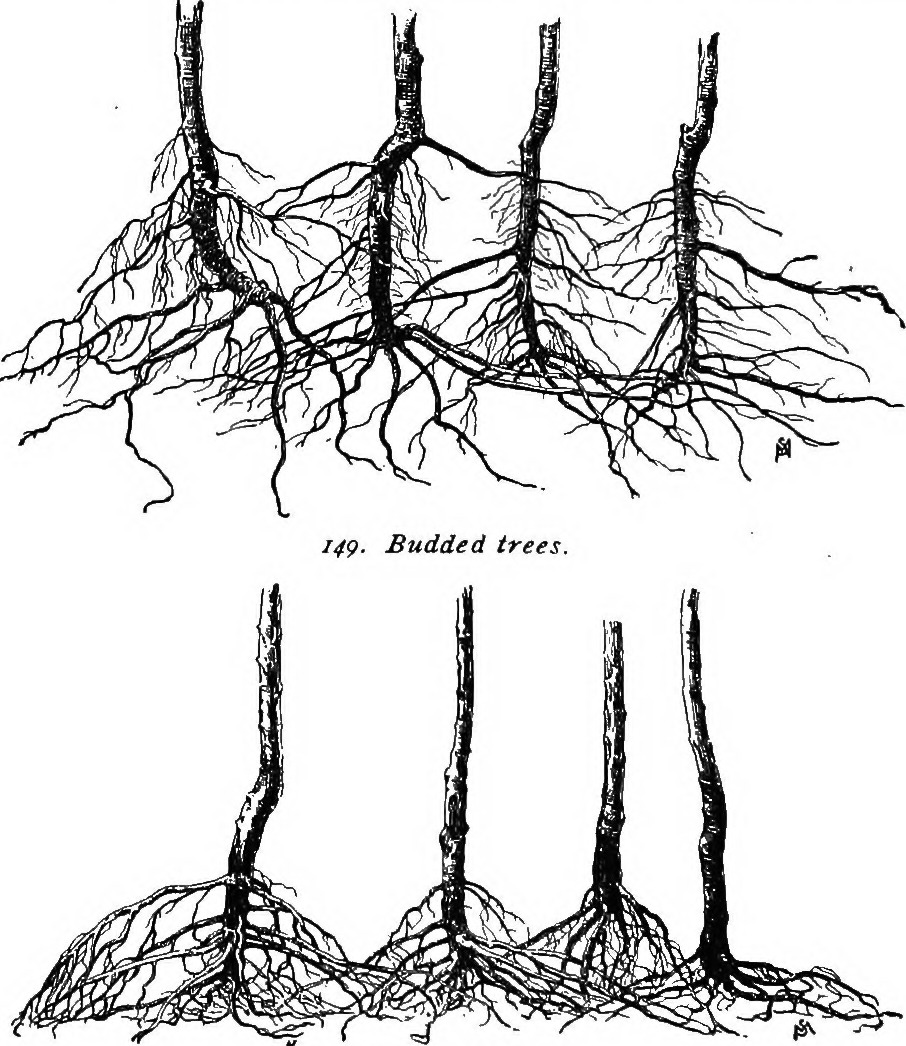
Bare root trees are exactly what the name implies. They are trees whose roots are not in any type of soil, soil mixture or container. Instead, the roots are usually covered by a moisture retaining material such as sphagnum peat moss, sawdust or wet paper. Bare root trees are dug and planted when they are completely dormant. In spring that is before the tree’s leaves appear and in the fall that is after the leaves fall but before the ground freezes. Roots must be kept moist at all times because dry roots translates to a dead tree. Bare roots trees are typically less costly to purchase than other types, but are also the most time restricted. Size also tends to be smaller for ease in handling and fewer varieties are usually available. Properly handled and installed, bare root trees will establish and grow well.

CONTAINER GROWN


On sale everywhere from the corner grocery store to the big box store to the garden center, container grown trees are a common sight today. They are convenient for the consumer to handle, can be planted throughout the majority of the year whether in leaf or dormant, and are available in a variety of sizes and species. Because they are not field dug, trees grown in containers may experience less transplant shock since their root systems are not disturbed. Container trees are available in larger sizes than bare root trees, but are not as large as those that are B & B.

Like bare root trees, trees grown in containers must have adequate moisture. Rather than true soil, most container trees are grown in a lighter weight, soilless mixture that does not retain water. To stay viable and healthy, container trees need to have consistent watering, typically at least once a day. If in full leaf, if the weather is hot, dry and windy or if the container is a dark, heat absorbing color, container trees may need to be watered twice a day.


Although the term “container tree” usually brings to mind a tree grown in a round, black plastic pot, trees have been and are grown in a variety of types of containers. Historical documents show that George Washington grew trees in wooden boxes. Early growers turned to metal, glass and fiber containers. Looking to improve the quality of the product, today’s innovations center on two aspects — the use of bags for growing and planting and a variety of shapes to improve root development.
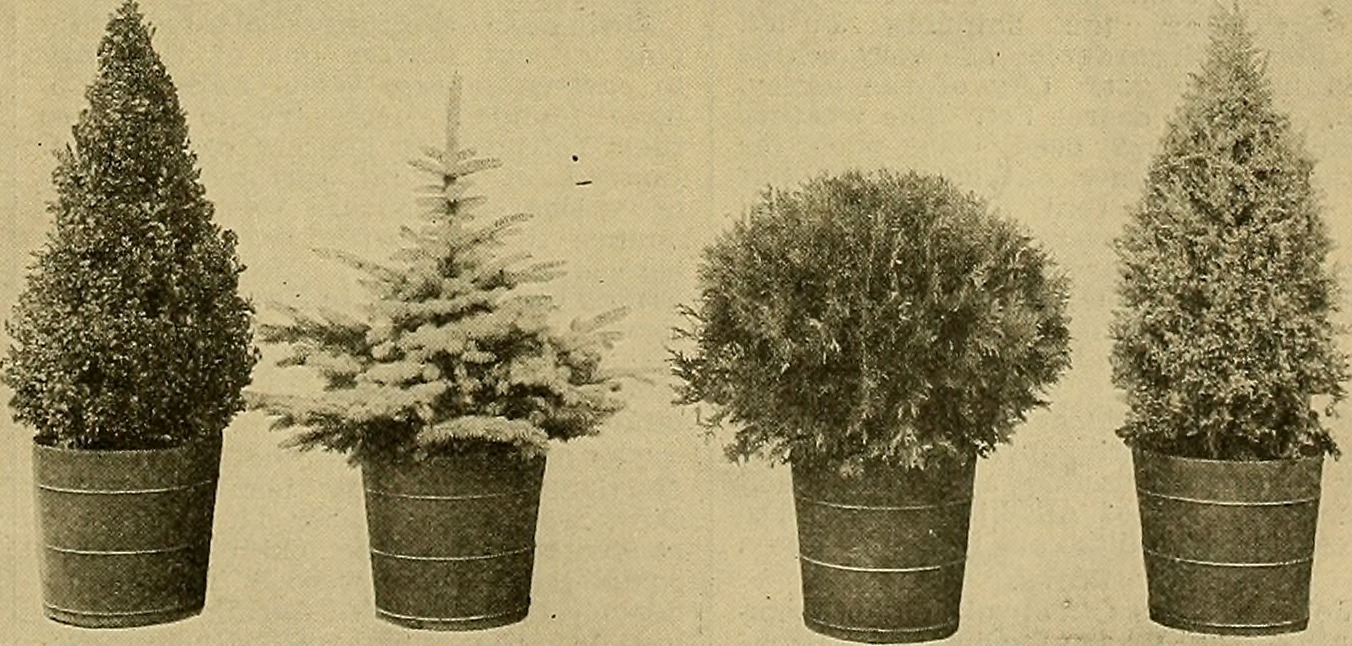
One of the consistent problems with container grown trees is circling roots, which can eventually lead to roots that girdle, or wrap around, the base of the tree near or just below the soil surface. Because they cut off access to water and nutrients, girdling roots can eventually kill a tree. If a tree has grown too long in a solid container, its roots will eventually begin to grow in a circular form because they have nowhere else to go. Accepted practice has been to cut the root ball at the sides and bottom the time of planting to encourage an outward spread of the root system. Recent research though, indicates that even if the roots are cut at planting, a tree whose roots are severely girdled will be slow to establish and may not survive in the long term. Experts advise that you check the roots of a container tree before purchasing.

In order to counteract the problem of root girdling and to improve the production of container trees,some growers have begun to use bags instead of pots. The bags accommodate various sizes of trees, are stable and have holes for drainage. Both plastic and fabric bags are designed to encourage the growth of the nutrient and water collecting fine roots while restricting the overall spread of the system. Unfortunately, trees left in plastic bags too long are also susceptible to becoming root bound while species of trees with fast growing, aggressive roots may begin to circle in fabric bags. Unintentional damage to the root ball can also happen more easily with bags.

The shape of containers in which trees are being sold is also changing. Depending on the grower and the species, the consumer may see a variety of shapes and sizes. Each has a specific purpose. Tall, narrow containers encourage roots to move down into the soil rather than around. For dry areas, this might allow root systems to access moisture. Short, wide containers may allow roots to form further from the trunk, but closer to the surface. Ribbed containers tend to push roots downward as opposed to around the container.

B & B

A B&B tree is one that has been dug and has a firm ball of soil surrounding its roots. The ball, which should be solid, is wrapped with burlap (preferably natural rather than synthetic) and secured with twine, nails or wire. Often, a wire basket also surrounds the soil ball to provide extra protection while the tree is moved, stored or planted. If wiggled, the tree trunk should not move within the root ball.

Most B&B trees are larger caliper (diameter of trunk) trees with substantial root balls that are very heavy. Care must be taken not to stress or damage the root ball in transportation, storage or planting. If the tree is not to be planted immediately, it should be covered by mulch and kept moist but not drenched. If it has been dug correctly and at the right time, then a B & B tree can be planted throughout the growing season.
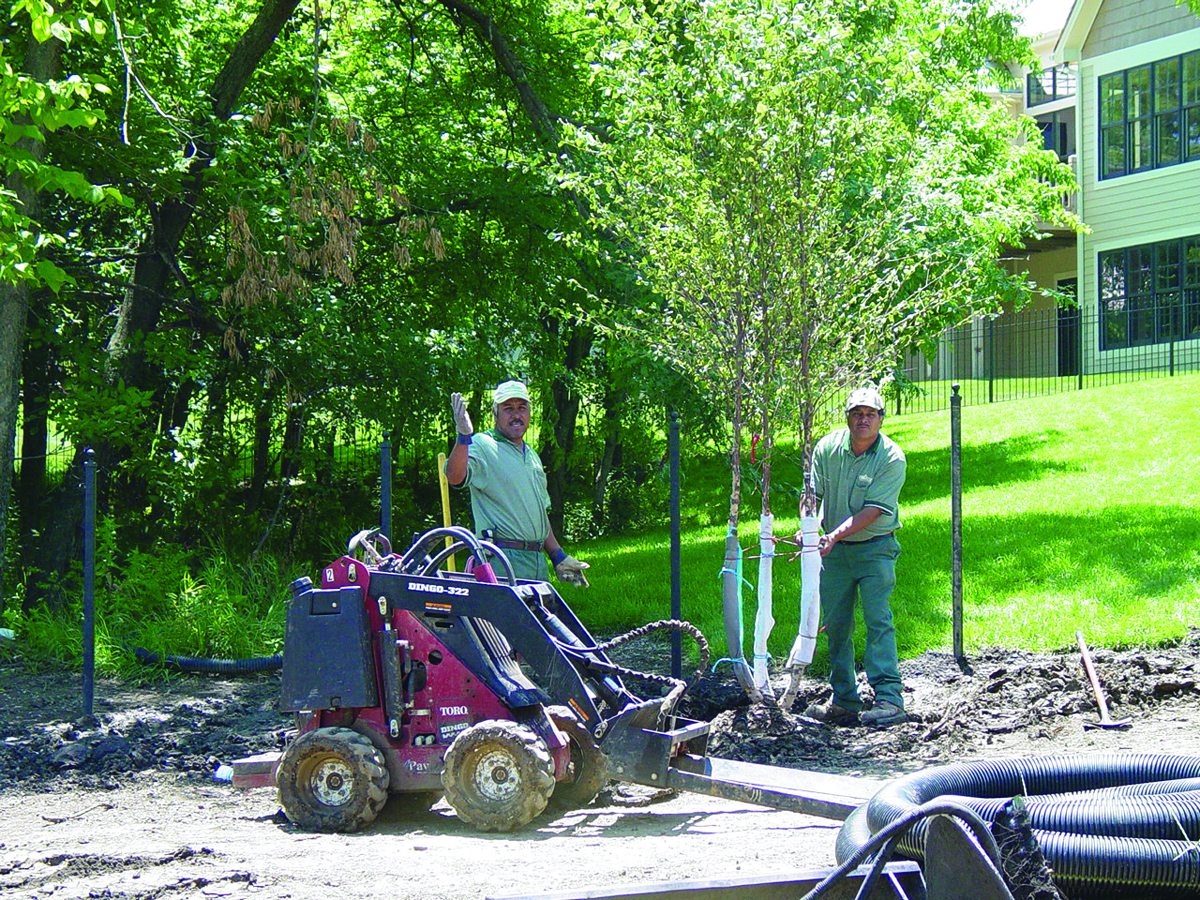
B & B trees are often selected, or tagged, during the growing season but are dug during their dormant period. If you tag your own tree, pay attention to the depth of the structural or anchor roots. If the roots are too deep, more than 2 or 3 inches below the surface, then the tree may not have enough of a root system available in the ball once it’s dug to support itself. Dealing with reputable growers usually eliminates this problem.
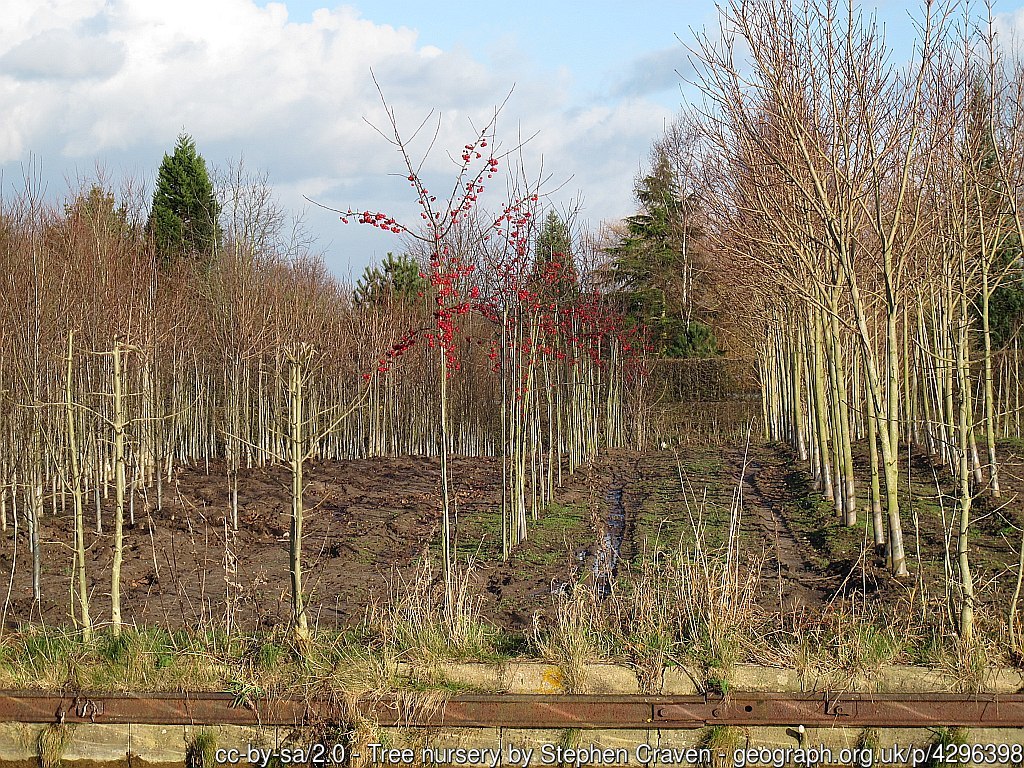
Adding trees to your yard, whether bare root, container grown or B & B, adds beauty and value to your property, improves the environment and establishes a connection with nature for you and your family. The design staff at Embassy Landscape Group would love to help you find the perfect choice for your home. Give them a call today.

